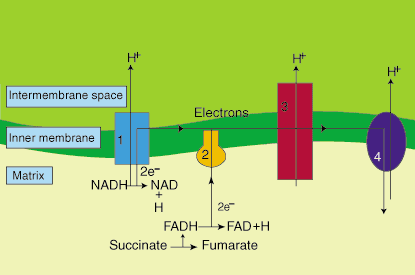Please wait while we process your payment
If you don't see it, please check your spam folder. Sometimes it can end up there.
If you don't see it, please check your spam folder. Sometimes it can end up there.
Please wait while we process your payment

By signing up you agree to our terms and privacy policy.
Don’t have an account? Subscribe now
Create Your Account
Sign up for your FREE 7-day trial
By signing up you agree to our terms and privacy policy.
Already have an account? Log in
Your Email
Choose Your Plan
Individual
Group Discount
Save over 50% with a SparkNotes PLUS Annual Plan!
 payment page
payment page
Purchasing SparkNotes PLUS for a group?
Get Annual Plans at a discount when you buy 2 or more!
Price
$24.99 $18.74 /subscription + tax
Subtotal $37.48 + tax
Save 25% on 2-49 accounts
Save 30% on 50-99 accounts
Want 100 or more? Contact us for a customized plan.
 payment page
payment page
Your Plan
Payment Details
Payment Summary
SparkNotes Plus
You'll be billed after your free trial ends.
7-Day Free Trial
Not Applicable
Renews July 22, 2025 July 15, 2025
Discounts (applied to next billing)
DUE NOW
US $0.00
SNPLUSROCKS20 | 20% Discount
This is not a valid promo code.
Discount Code (one code per order)
SparkNotes PLUS Annual Plan - Group Discount
Qty: 00
SparkNotes Plus subscription is $4.99/month or $24.99/year as selected above. The free trial period is the first 7 days of your subscription. TO CANCEL YOUR SUBSCRIPTION AND AVOID BEING CHARGED, YOU MUST CANCEL BEFORE THE END OF THE FREE TRIAL PERIOD. You may cancel your subscription on your Subscription and Billing page or contact Customer Support at custserv@bn.com. Your subscription will continue automatically once the free trial period is over. Free trial is available to new customers only.
Choose Your Plan
This site is protected by reCAPTCHA and the Google Privacy Policy and Terms of Service apply.
For the next 7 days, you'll have access to awesome PLUS stuff like AP English test prep, No Fear Shakespeare translations and audio, a note-taking tool, personalized dashboard, & much more!
You’ve successfully purchased a group discount. Your group members can use the joining link below to redeem their group membership. You'll also receive an email with the link.
Members will be prompted to log in or create an account to redeem their group membership.
Thanks for creating a SparkNotes account! Continue to start your free trial.
We're sorry, we could not create your account. SparkNotes PLUS is not available in your country. See what countries we’re in.
There was an error creating your account. Please check your payment details and try again.
Please wait while we process your payment

Your PLUS subscription has expired
Please wait while we process your payment
Please wait while we process your payment

The Electron Transport Chain
ATP synthesis is not an energetically favorable reaction: energy is needed in order for it to occur. This energy is derived from the oxidation of NADH and FADH2 by the four protein complexes of the electron transport chain (ETC). The ten NADH that enter the electron transport originate from each of the earlier processes of respiration: two from glycolysis, two from the transformation of pyruvate into acetyl-CoA, and six from the citric acid cycle. The two FADH2 originate in the citric acid cycle.

The events of the electron transport chain involve NADH and FADH, which act as electron transporters as they flow through the inner membrane space. In complex I, electrons are passed from NADH to the electron transport chain, where they flow through the remaining complexes. NADH is oxidized to NAD in this process. Complex II oxidizes FADH, garnering still more electrons for the chain. At complex III, no additional electrons enter the chain, but electrons from complexes I and II flow through it. When electrons arrive at complex IV, they are transferred to a molecule of oxygen. Since the oxygen gains electrons, it is reduced to water.
While these oxidation and reduction reactions take place, another, connected event occurs in the electron transport chain. The movement of electrons through complexes I-IV causes protons (hydrogen atoms) to be pumped out of the intermembrane space into the cell cytosol. As a result, a net negative charge (from the electrons) builds up in the matrix space while a net positive charge (from the proton pumping) builds up in the intermembrane space. This differential electrical charge establishes an electrochemical gradient. As we will see in the next section, it is this gradient that drives ATP synthesis in oxidative phosphorylation.
Please wait while we process your payment

